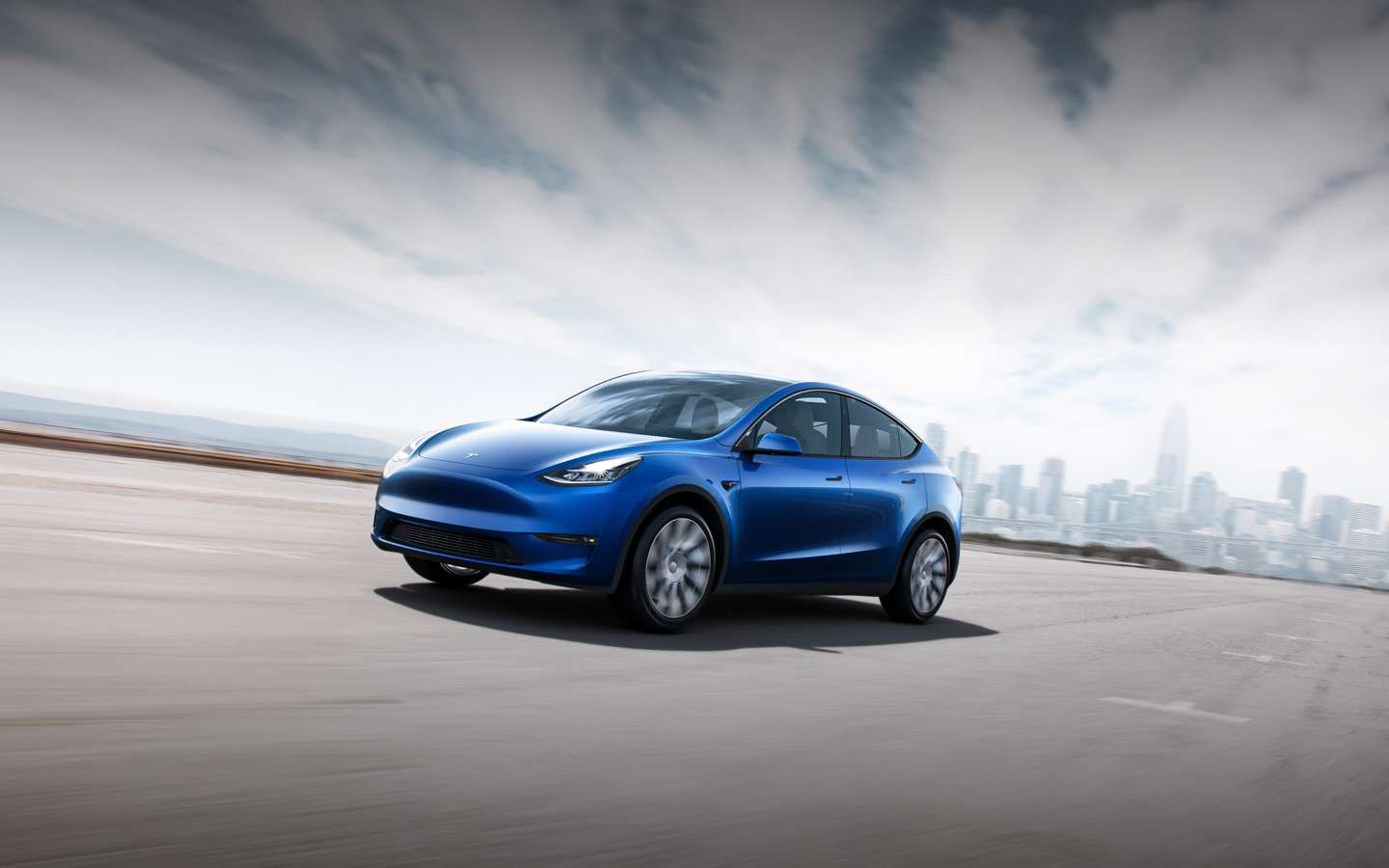
A commonality of almost any car safety test is that there's usually a dummy in the driver's seat to take the place of the only person who needs to be in a moving vehicle at all times: the driver. That's why a new test by Consumer Reports of a Tesla Model Y without a test dummy or a real driver behind the wheel has raised a few eyebrows. Of course, it's no secret why CR has performed this test following the fatal crash of a Model S in which nobody was driving at the time. CR's review worryingly illustrates Autopilot's shortcomings.
The test took place on a half-mile closed test track with an empty driver's seat. In CR's evaluation, the Model Y was able to perform several maneuvers like steering accurately along painted lines. It did this without sensing that the driver's seat was unoccupied. Of course, one can only imagine the dangers that this will pose on public roads.
For the test, Jake Fisher, CR's senior director of auto testing, was joined by Kelly Funkhouser, the company's program manager for vehicle interface testing. While Funkhouser sat at the back, Fisher initially sat in the driver's seat on top of a buckled seat belt - Autopilot will only function if the seatbelt is buckled.
Once on the track, Fisher moved over to the front passenger seat but placed a weighted chain on the steering wheel to trick the system into thinking a driver's hands were on the wheel. Of course, it goes without saying that nobody should try the same thing at home - or anywhere for that matter.
"The system not only failed to make sure the driver was paying attention, but it also couldn't tell if there was a driver there at all," said Fisher.
"Tesla is falling behind other automakers like GM and Ford that, on models with advanced driver assist systems, use technology to make sure the driver is looking at the road."
CR emphasized that its test "does not provide specific insight into the Texas crash." Still, this serves as evidence that Autopilot could do more to ensure that a driver is not only seated behind the wheel but remains attentive. CR suggested that Autopilot should be improved with a camera-based system that can detect a driver's eyes or head position to ensure continued attentiveness. GM's Super Cruise will go so far as to slow the car down if the driver ignores warnings to pay attention.
